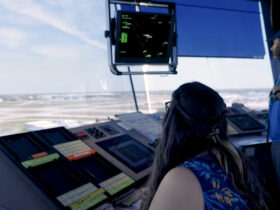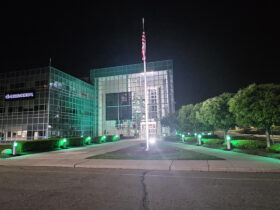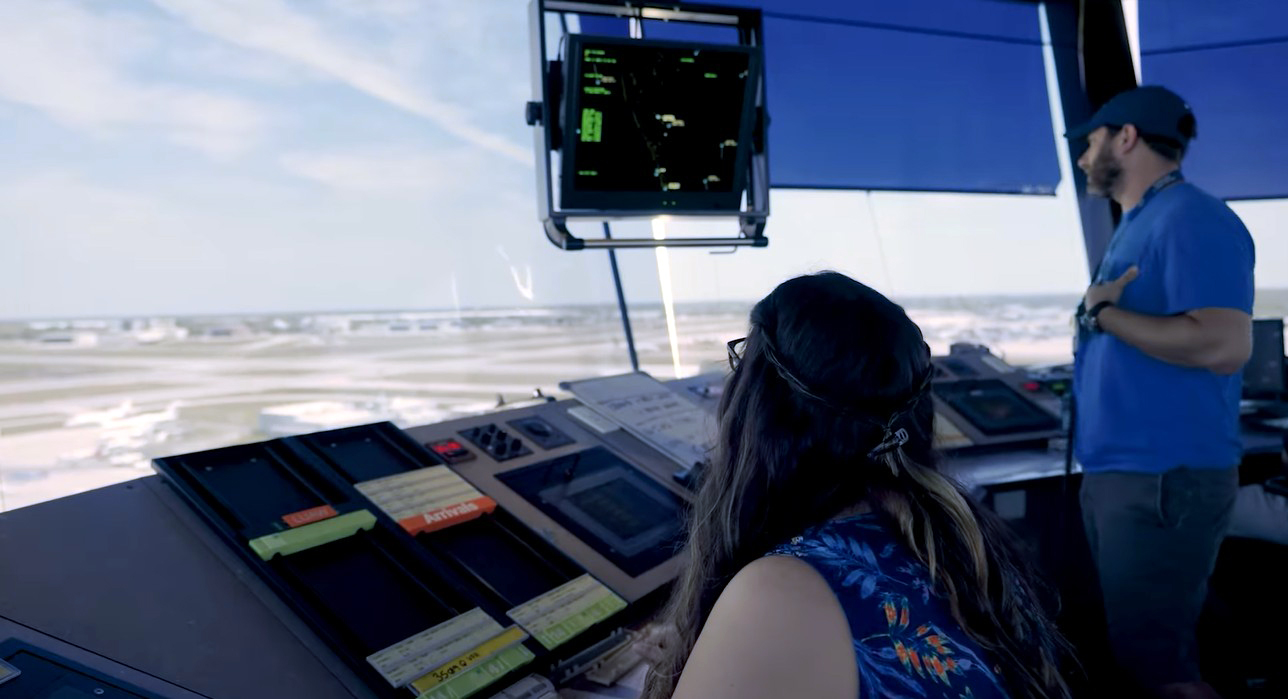The ongoing crisis at Newark Liberty International Airport pulled back the curtain on a nationwide fiasco on the runways, with understaffed air traffic control, outdated technology, broken equipment, and quick-fix, patchworked solutions.
“There is a nationwide shortage of air traffic controllers, and the FAA for years has not met the staffing goal for the area that works Newark airspace,” the Federal Aviation Administration said in a statement.
The radar blackouts at Newark Airport on April 28, May 9, and May 11 exposed years of air traffic control underinvestment and staffing shortages at a time when air travel is soaring. The public is booking more flights this year than last, and airline industry outlook trends have been pointing to 2025 as the year air travel exceeds pre-pandemic levels.
At Newark Airport, one of the busiest in the country, flight disruptions are also impacted by runway construction, and an even more reduced workforce in the control tower. About half a dozen controllers went on a 45-day trauma leave following the first outage on April 28.
To address the issues in the short term and keep customers flying, the FAA issued an interim order limiting the number of arrivals and departures to 28 flights per hour at Newark Airport until June 15. The typical number is 38 or 39, FAA data shows.
The interim order will also add high-bandwidth telecommunications connections, replace copper telecommunications connections with updated fiberoptics, and establish a STARS hub at the Philadelphia TRACON.
It’s Not Just About Newark
Equipment used today at the 138 air traffic control systems across the country is over 50 years old, according to a 2024 GAO report. While the issues have been known decades before the report, high safety records glossed over the urgency.
Equipment and technology issues, along with air traffic controller shortages, have been loosely discussed by government agencies for decades, long before the 2024 report. But with few commercial jet incidents and high safety records, the overall situation never appeared too dire.
Then on Jan. 29, 2025, an unusual tragedy took place near Ronald Reagan National Airport — there was a deadly mid-air collision between a commercial jet and a U.S. army helicopter. It’s rare for commercial jets to crash at all in the U.S., let alone have mid-air collisions or even near-misses mid-air. Before this collision, the last major commercial airline disaster in the United States was in 2009, when 50 people died during a crash landing near Buffalo Niagara International Airport.
The Jan. 29 mid-air collision near Washington, D.C. took the lives of 67 people. Still under investigation, all indicators point to an air traffic control issue, since the helicopter crew didn’t receive some of the control tower’s transmissions. At least one person in the tower was also reportedly doing the job of two, according to multiple reports.
Collisions Continue Amid Confusion
Two days following that deadly mid-air collision, a medical transport jet leaving Northeast Philadelphia Airport crashed near a neighborhood mall less than a minute after takeoff, killing all six onboard, one person on the ground, and injuring 22. Philadelphia air traffic control said it “lost the aircraft” and was trying to figure out what happened, according to reports.
On Feb. 19, two small planes collided mid-air near Marana Regional Airport in southern Arizona, killing two people. A Lancair 360 MK II crash-landed near the runway and then burst into flames. The Cessna 172S landed without incident. The airport doesn’t have a control tower.
So far this year, there have been 87 aviation accidents in the U.S., according to data from the National Transportation Safety Board (NTSB). The NTSB tracks flight accidents involving serious injuries, fatalities or major aircraft damage, along with incidents that pose safety risks, such as engine failures, fires or system malfunctions.
Nationwide Problem: Hiring More Air Traffic Controllers
President Trump, in office nine days, blamed January’s deadly crash on diversity hiring practices and “problematic and likely illegal decisions” made by former presidents Biden and Obama. There are not any such hiring practices for air traffic controllers, however, and no applicant is given preferential treatment for any reason — not race, sex, ethnicity or sexual orientation.
Out of the 313 air traffic control facilities in the U.S., the FAA estimates that around 91%, or 285, are below their recommended staffing levels.
Finding air traffic controller candidates with the right qualifications is hard and it’s even harder to get those potential employees through training, the FAA said. A difficult job with extremely strict eligibility requirements, less than 10% of air traffic controller applicants make it into the training program.
Then there is the training. The dropout rate for trainees is estimated to be around 35% and about half fail out of the FAA Academy. Overall, it takes about three years from hiring date before the new employee actually takes the controls.
Although 2,000 qualified applicants were hired in 2024, there were 1,100 vacancies already due to retirement (mandatory at age 56) and other departures. Many quit the career over stress, made worse with understaffing. The job takes a toll on mental health, with trauma leave built into pay packages.
Philadelphia TRACON Area C overseeing Newark has 22 fully certified controllers, 5 fully certified supervisors, and 21 controllers and supervisors in training. Of the 21 in training, 10 are on-the-job training and certified on at least one position, with three certified on multiple positions.
Control of Newark’s airspace was moved last year to Philadelphia TRACON, or N90, due to persistent low staffing levels and low training success rate for air traffic controllers.
Updated information about this issue and others regarding airspace system status can be found here.












